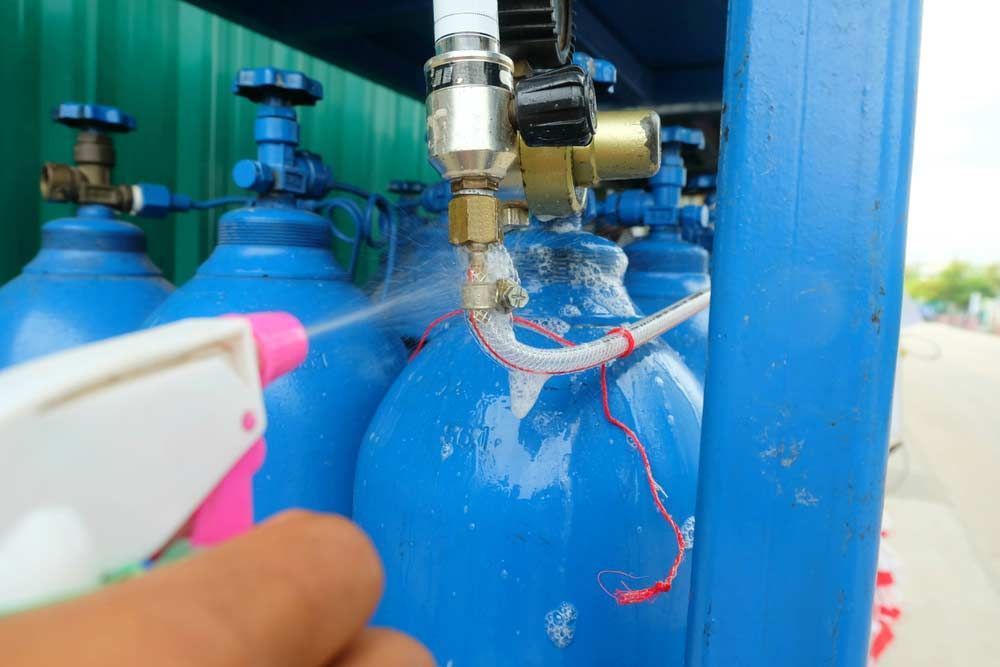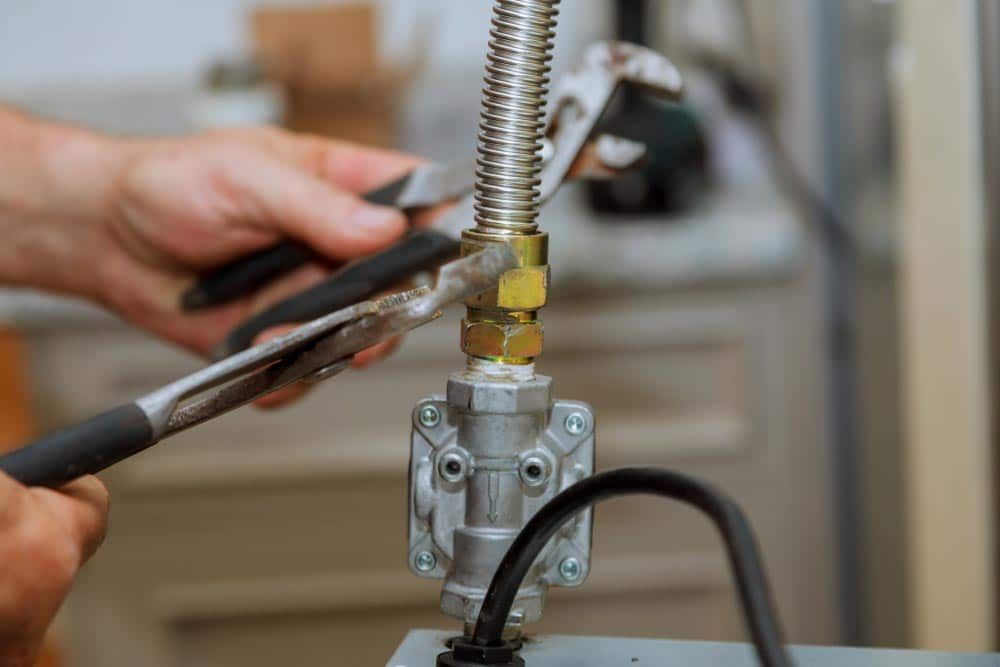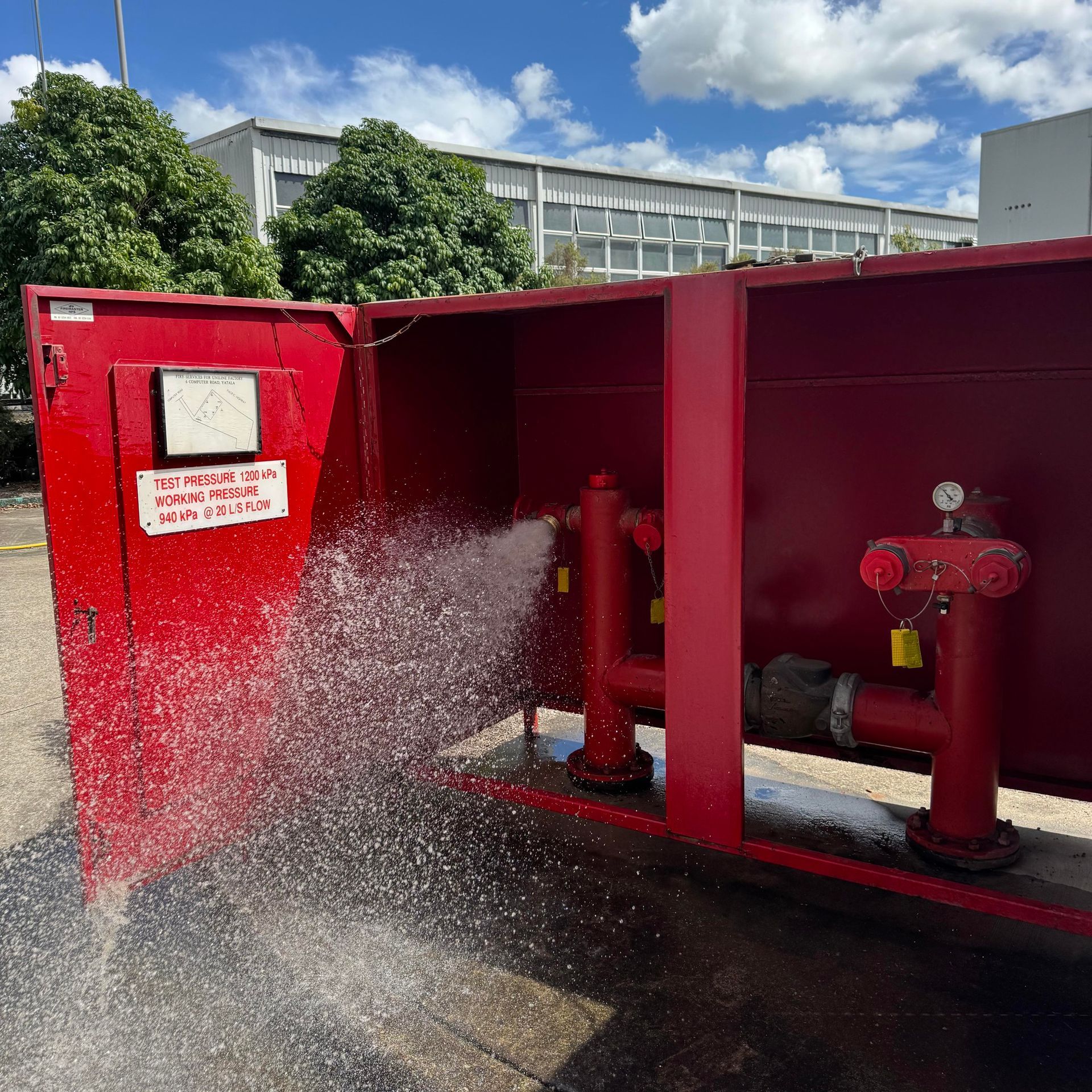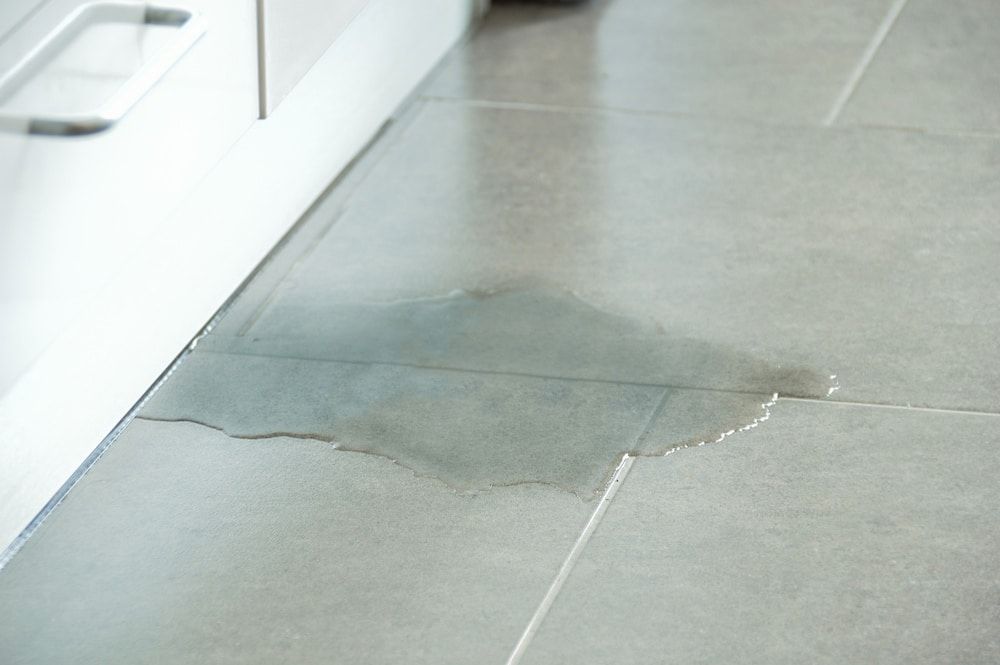Detecting Gas Leaks With Soapy Water Test
Detecting Gas Leaks With Soapy Water Test
Gas leaks can be dangerous and potentially life-threatening if left undetected. Early detection of gas leaks is important for maintaining safety in your home or workplace. While there are various methods to detect gas leaks, one simple and effective technique is the soapy water test. In this guide, we explore how to perform the soapy water test for accurate gas leak detection.
Materials Required
Ensure you have these materials ready before proceeding with the test:
- Spray bottle or sponge
- Liquid soap (dishwashing soap works well)
- Water
Step-by-Step Guide
- Prepare the soapy water solution: In a spray bottle or a bowl, mix water with a few drops of liquid soap. Gently stir the solution to create a solution.
- Turn off all gas appliances: Before you begin the test, ensure that all gas appliances are turned off. This step is important to avoid any potential hazards during the detection process.
- Apply the soapy water solution: Using a spray bottle or a sponge, apply the soapy water solution to the areas you want to test for leaks. Make sure to cover the entire surface area thoroughly.
- Observe for bubbling or foaming: After applying the soapy water solution, carefully observe the areas for any signs of bubbles or foaming. If there is a gas leak, you will notice bubbles forming and persisting at the site of the leak. The size and intensity of the bubbles can vary depending on the severity of the leak.
- Take necessary action: If you observe bubbles or suspect a gas leak, take immediate action. Gas leaks should never be taken lightly, and it is crucial to rely on experts for remediation.
Key Areas To Check
Here are the key areas where you should apply the soapy water solution to detect gas leaks:
- Gas Meter: Begin by inspecting the gas meter, which is usually located outside the building. Check the connections and fittings leading to the meter for any signs of leakage.
- Gas Lines: Trace the gas lines from the meter to the areas where gas appliances are installed. Apply the soapy water solution to any valves or shut-off points.
- Gas Appliances: Focus on each gas appliance individually. This includes stoves, water heaters, furnaces and any other gas-powered devices.
- Connections and Fittings: Inspect all visible connections and fittings throughout the gas system. This includes areas where pipes connect to appliances, regulators and flex lines.
- Joints and Seals: Pay special attention to joints and seals, as they are common areas for gas leaks. Look for signs of bubbling or foaming around threaded connections, compression fittings or rubber seals.
If you are unsure about accessing certain components of the gas system or unable to identify potential leakage points, reach out to a licensed professional for assistance.
Safety Precautions
- Ventilate the area: Ensure that there is proper ventilation while performing the test. Open windows or doors to allow fresh air circulation.
- Avoid open flames and sparks: Gas leaks can be highly flammable. Keep away from any potential ignition sources, such as open flames or electrical sparks.
- Don’t use matches: Avoid using matches or any other open flame source to inspect for leaks. This can lead to accidents and should be strictly avoided.
Professional Leak Detection Services On The Gold Coast
At Gold Coast Leak Detection, we understand the importance of accurate leak detection. Our leak detection specialists are dedicated to providing safe and reliable services to identify and address gas leaks promptly. We are equipped with state-of-the-art tools and use non-invasive techniques to find and fix leaks with minimal property damage. Contact us today for leak detection services.
Contact Us
For more advice on gas leak detection and more, get in touch with us for a fixed price quote. Servicing Gold Coast and surrounding areas with $0 call out fee.










